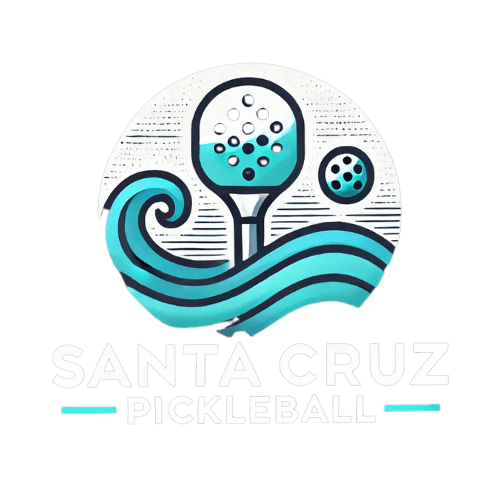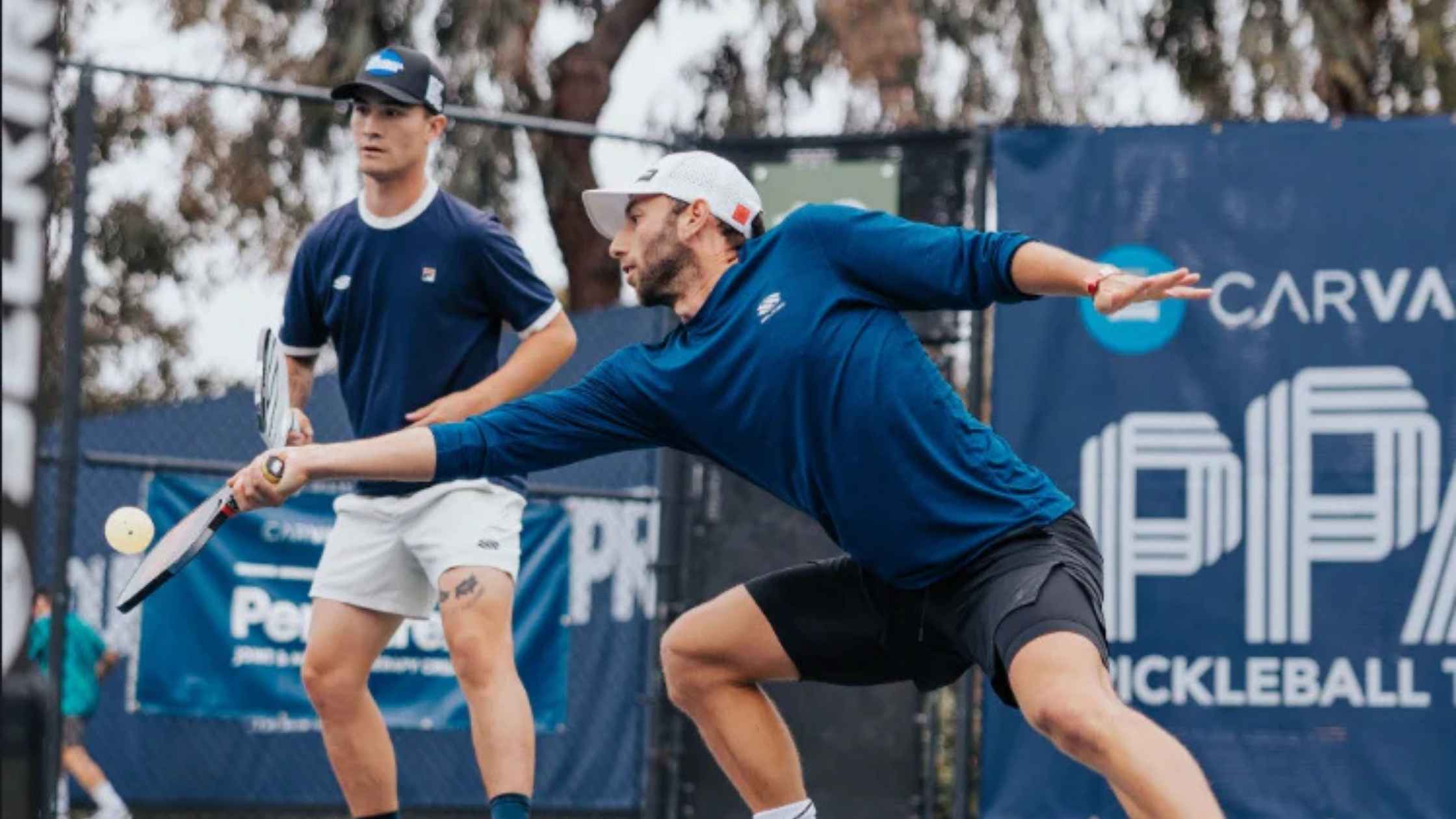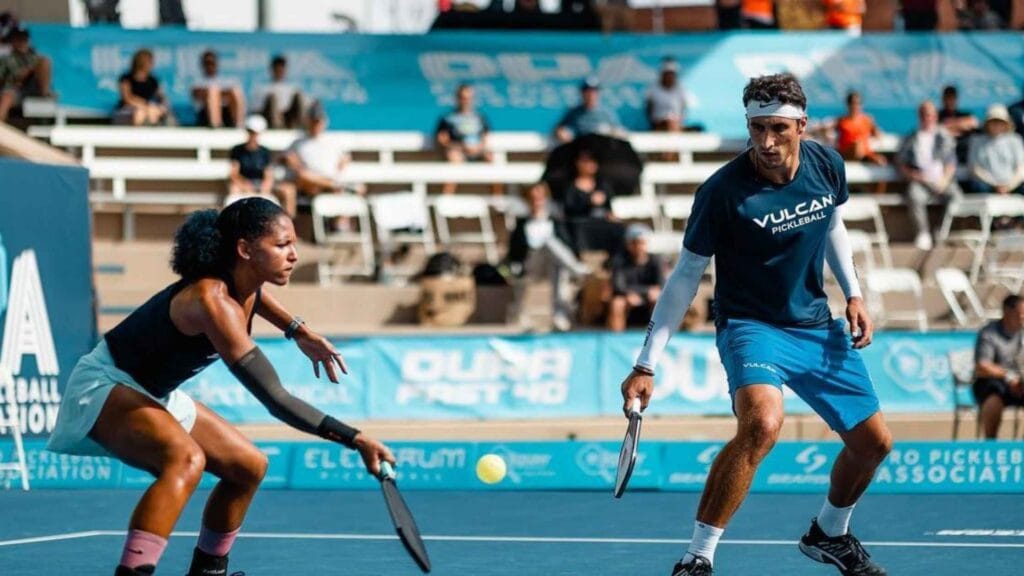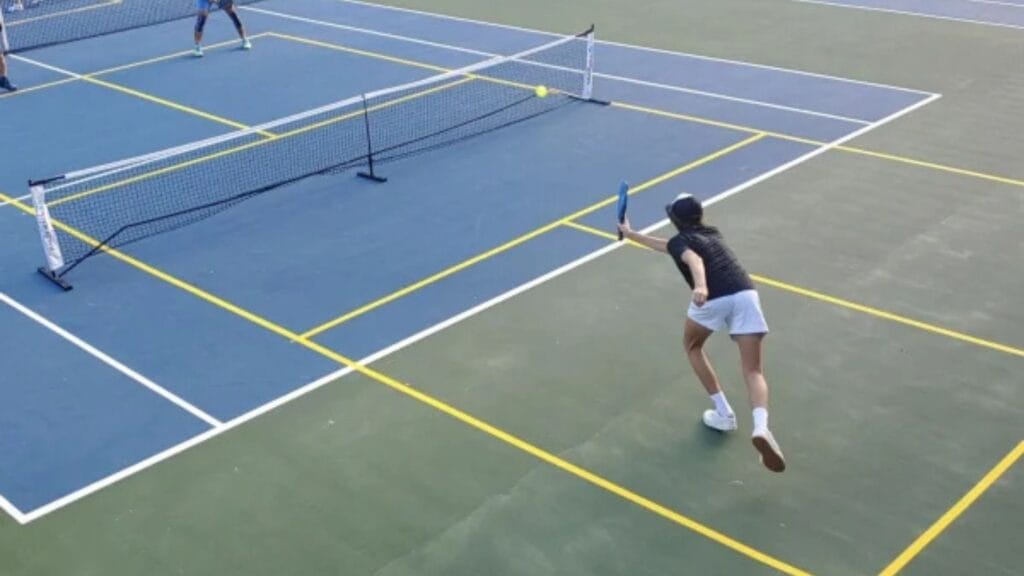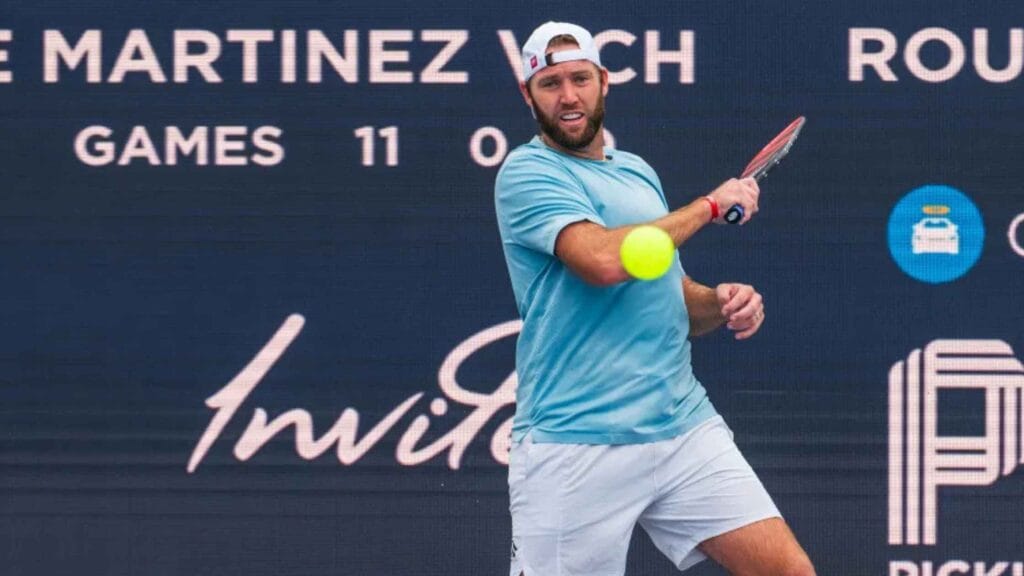So, your ready for some pro pickleball tips to level up your game? Pickleball is a fast-paced and strategic game that blends fun with fierce competition. Whether you’re a casual player or a serious athlete, learning from the pros can elevate your game.
These pro pickleball tips will help you gain an edge, sharpen your skills, and become more confident on the court. If you want to level up, this comprehensive guide is packed with practical advice to get you started.
Why Pro Pickleball Tips Make a Big Difference
It’s often said that pickleball is easy to learn but difficult to master. What differentiates professional players from casual enthusiasts isn’t just physical ability—it’s their deep understanding of the game’s subtleties.
Pro players analyze every point, predict their opponent’s moves, and execute shots with laser precision. They also maintain composure in high-pressure situations, making fewer errors when it matters most.
Learning their techniques and strategies allows you to play more deliberately and with greater confidence. For example, pros spend time learning how to create and exploit angles, a tactic that leaves opponents out of position and scrambling.
Implementing advanced footwork drills, reaction training, and mental preparation techniques will instantly raise your skill level.
Whether you’re preparing for your first tournament or aiming for a 4.5+ rating, these pro pickleball tips are designed to give you an immediate advantage.
What to Expect From Pro Pickleball Tips
When applying pro pickleball tips, expect to develop both your physical and mental game. Professional advice often focuses on shot selection, court positioning, and game tempo control.
Beyond mechanics, many pros emphasize emotional control, pre-point routines, and recovery strategies between rallies. At the highest levels, the difference between winning and losing often comes down to making the smartest decisions under pressure.
You’ll learn how to transition from defense to offense, reset points when needed, and capitalize on your opponent’s mistakes.
This comprehensive approach not only builds technical skills but also enhances your overall game sense and strategy.
Suggested reading: A Beginner’s Guide to Playing Pickleball in Santa Cruz
Pro Pickleball Tips to Elevate Your Skills
If you’re ready to raise your pickleball IQ, the following pro pickleball tips will help you refine your game and dominate on the court.
Master the Third Shot Drop
The third shot drop is a staple in advanced pickleball, and mastering it is crucial for transitioning from the baseline to the kitchen line. Pros understand when to execute a soft drop shot and when to apply pressure with a third shot drive.
If your opponent’s return is high and deep, a well-placed drive may force a weak volley or an outright error. Conversely, if their return lands deep and low, opt for a soft drop that arcs over the net and dies in the kitchen.
To improve, practice hitting third shot drops from multiple court positions and angles, focusing on trajectory and spin. Many pros add a slight backspin to their drop shots to prevent the ball from bouncing high, making it harder for opponents to attack.
Developing versatility between drops and drives keeps your opponents guessing and opens opportunities to take control of the point.
Perfect Your Dink Game
Dinking isn’t just about keeping the ball in play—it’s about forcing your opponent out of position. Pro players use dinks to move opponents laterally, opening up attack opportunities.
Advanced dinks include the cross-court dink, which travels a longer distance and provides a higher margin for error while pulling opponents wide. Mix in straight dinks and inside-out dinks to create unpredictability.
Additionally, many pros add underspin or side-spin to their dinks, causing the ball to skid and stay low. To practice, work on alternating soft hands and paddle angles to produce various spins.
Incorporating these techniques makes your dinks more difficult to read and return, increasing your chances of setting up a high ball to put away.
Develop Fast and Agile Footwork
Footwork is often the difference between making or missing a shot. Pro pickleball players constantly adjust their positioning with small, quick steps, keeping their weight centered.
One advanced footwork technique is the split-step, timed precisely as your opponent makes contact with the ball. This allows you to react more quickly to their shot direction.
Elite players also use a “creep step” as they approach the non-volley zone (NVZ), maintaining balance while closing the distance.
Drills focusing on lateral quickness, such as ladder drills or cone drills, can significantly improve your footwork efficiency. The goal is to maintain a low, athletic stance while moving smoothly in all directions.
Suggested reading: Pickleball Singles Tips: Expert Guide To Winning Singles Matches
Use a Consistent Ready Position
Having a solid ready position allows you to react quickly to volleys and fast exchanges. Pros always keep their paddle up and out in front of their body at chest height, minimizing reaction time.
The paddle face should be angled slightly upward to block or counter fast-paced shots. A common error among amateur players is lowering their paddle after hitting a shot, leaving them vulnerable to quick returns.
Advanced players also adjust their ready position depending on their opponent’s tendencies. Against power players, hold your paddle higher; against dink specialists, keep your paddle lower for faster soft shot reactions.
Control the Pace of the Game
Pro players are masters at controlling the speed of play. They adjust their tempo based on their opponent’s style and energy level.
To slow things down, they use soft dinks and resets, forcing opponents to hit up and reducing their ability to be aggressive. When they need to shift momentum, they speed up the pace with quick volleys or drives.
Mastering tempo involves recognizing when your opponent is off-balance and seizing that opportunity. One advanced tactic is the “off-speed attack,” where you hit a slower, high-bouncing shot to disrupt your opponent’s timing and force an awkward response.
Work on Your Serve and Return
Professional pickleball players rarely serve just to start a rally—they serve with intent. Deep serves with spin or pace keep opponents on their heels.
Many pros target backhands, forcing weaker returns that are easier to attack. Some add slice or topspin to their serves to create unpredictable bounces.
On returns, pros aim for deep shots to prevent the server from advancing quickly to the net. An advanced return strategy includes targeting the middle of the court, creating confusion about who should take the shot.
Practicing depth control and spin application on serves and returns increases your ability to control the rally from the start.
Communicate Constantly With Your Partner
In doubles, communication goes beyond calling “mine” or “yours.” Pro teams develop signals and strategies for poaching, stacking, and switching sides during play.
Pre-point communication includes deciding who will cover middle shots or when one partner will poach an opponent’s return. Advanced teams also use hand signals behind their backs to indicate planned strategies.
Practicing these scenarios in training builds trust and improves timing, leading to better court coverage and fewer unforced errors.
Anticipate Your Opponent’s Next Move Using Visual Cues
Pro players anticipate shots by watching their opponent’s paddle face and body positioning. If an opponent has a closed paddle face, expect a drive or low shot.
If they open the face, prepare for a lob or drop. Professionals also read foot positioning to gauge direction and shot type. Training your eye to pick up on these subtle cues enhances your ability to move early and gain an advantage.
Video analysis of your matches can help identify moments where better anticipation would have improved outcomes.
How to Practice Pro Pickleball Tips Effectively
The key to mastering pro pickleball tips lies in structured and purposeful practice. Rather than playing games without focus, dedicate sessions to specific drills that target weak areas.
For instance, spend 30 minutes solely on third shot drops, focusing on trajectory and spin. Next, run footwork drills to improve lateral movement.
Simulate game situations in practice by playing points with specific objectives, such as winning a rally through dinks only. Incorporate mental training by visualizing successful shots and rally scenarios before playing.
Track your progress using a journal and set measurable goals, like improving third shot drop consistency to 80 percent within one month.
Where to Learn More Pro Pickleball Tips
To deepen your understanding, watch pro pickleball matches on platforms like YouTube or the Professional Pickleball Association (PPA) streams.
Pay close attention to players like Ben Johns, Simone Jardim, and Anna Leigh Waters, analyzing their court positioning and shot selections.
Join clinics and workshops led by certified pickleball coaches specializing in advanced techniques. Additionally, online courses from IPTPA or PPR-certified instructors offer structured programs with drills and lessons tailored for serious players.
Engaging with top-level players in your area during open play can also provide valuable insights and practice opportunities.
Gear Recommendations for Pro Pickleball Play
Professional-grade paddles with composite faces and polymer cores offer a balance of power and control. Consider using paddles with textured surfaces to enhance spin potential on dinks and drives.
Choose shoes designed for lateral movement with durable soles for outdoor courts. Compression wear can aid muscle recovery during long tournament days.
Hydration packs and electrolyte supplements support endurance, while anti-glare sunglasses improve visibility during sunny outdoor matches. Make sure your gear complements your playing style and addresses the physical demands of competitive play.
Suggested reading: 10 Best Pickleball Paddles 2025: Find Your Perfect Paddle
The Mental Side of Pro Pickleball Tips
Mental conditioning is integral to high-level pickleball. Develop routines to manage nerves before and during matches. Deep breathing, visualization, and positive self-talk keep you centered.
After unforced errors, use a reset routine such as bouncing the ball or wiping your paddle grip to refocus. Build resilience by focusing on the process rather than the score.
Many pros work with sports psychologists to develop routines that maximize concentration and mental clarity under pressure.
Suggested reading:
- Pickleball Tips for Beginners: How to Improve Fast and Have Fun
- All Kevlar Pickleball Paddles: Popular Pro Paddles With Kevlar
Sustainability and Pro Pickleball: Playing With Purpose
Many professional tournaments and clubs are adopting eco-friendly practices. Reusing water bottles, recycling equipment, and reducing waste contribute to sustainability.
As you elevate your game, consider ways to reduce your environmental impact. Supporting green initiatives in the pickleball community sets a positive example for others.
Volunteer and Community Opportunities With Pro Pickleball Players
Pro pickleball players often give back by mentoring others. Many host free clinics or charity events. Volunteering at tournaments or local clubs provides opportunities to meet pros and learn from them.
Being active in the pickleball community helps you grow as a player and fosters lasting friendships.
Final Thoughts on Pro Pickleball Tips for Success
Implementing pro pickleball tips can make a huge difference in your game. Whether you’re striving for competitive success or looking to improve your social play, these strategies will help. Start small, practice consistently, and stay focused on improvement.
As you apply these tips, you’ll notice increased confidence and enjoyment on the court. Remember, even the best players were once beginners. With dedication and smart practice, you can reach new heights in your pickleball journey.
